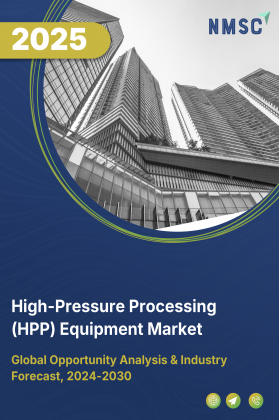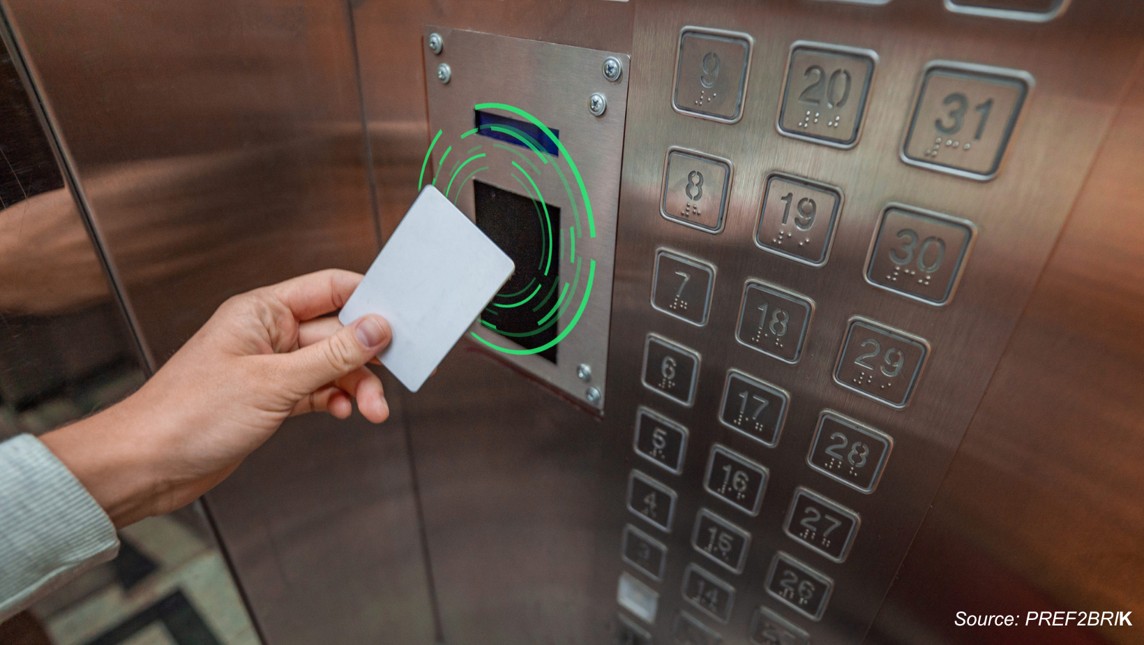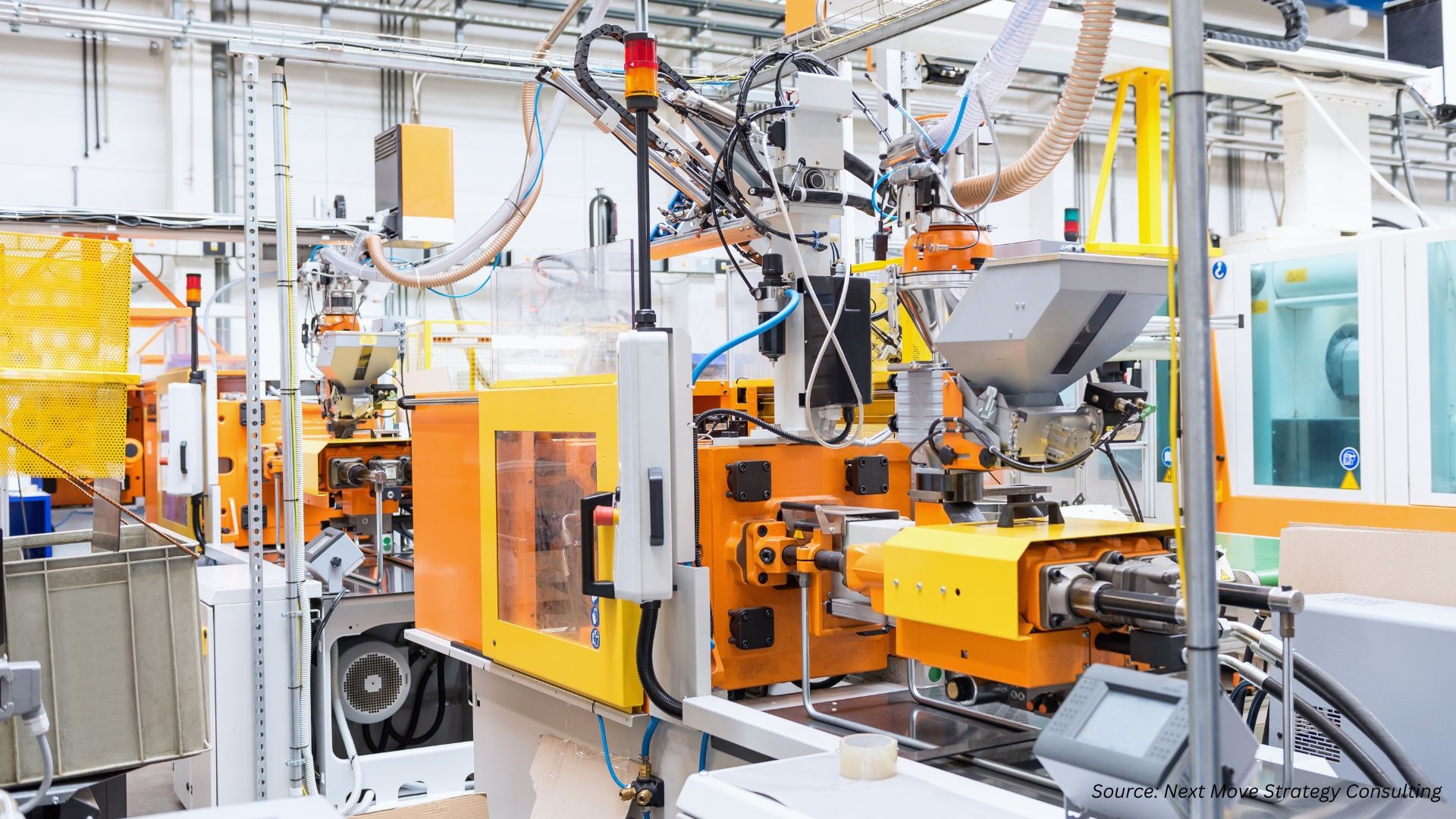
India Intralogistics Market by Component (Hardware, Software, and Services), by Automation Level (Manual, Semi-Automated, Fully Automated), and by End User Industry (Retail and E-commerce, Automotive, Food and Beverage, Pharmaceuticals, Aviation, Logistics, Semiconductor & Electronics, Consumer Goods, Other End Users) – Opportunity Analysis and Industry Forecast 2023–2030
Industry: Construction & Manufacturing | Publish Date: 04-Aug-2025 | No of Pages: 144 | No. of Tables: 110 | No. of Figures: 55 | Format: PDF | Report Code : CM1057
Market Definition
The India Intralogistics Market was valued at USD 1.06 billion in 2022 and is predicted to reach USD 4.05 billion by 2030, with a CAGR of 18.1% from 2023 to 2030. Intralogistics is a vital aspect of supply chain management, and its market is focused on the design, implementation, and maintenance of internal logistics systems. To maximise the flow of materials and effectively and economically meet the company's demands, it entails the movement, storage, and management of commodities within an organisation, such as a factory, warehouse, or distribution centre.
The intralogistics market involves the design, implementation, and maintenance of factory and warehouse systems and includes various industries such as manufacturing, retail, e-commerce, and healthcare. Material handling, inventory control, order fulfilment, and reverse logistics are some of the most frequent applications of intralogistics. The intralogistics industry is expanding as a result of the rising need for quick and effective delivery, rising demand for automation, and rising demand for sustainable and environmentally friendly solutions.
Surge in Eco-Conscious Investments Driving Green Intralogistics Automation
India’s intralogistics sector is witnessing a notable shift toward environmentally sustainable practices, with companies increasingly investing in green automation solutions. These include electric-powered autonomous mobile robots (AMRs), lithium-ion battery forklifts, and conveyor systems powered by renewable energy sources. To meet rising sustainability standards and regulatory expectations, businesses are adopting energy monitoring tools and emissions tracking technologies. This transition is also driven by growing investor and consumer preference for ESG-aligned operations, positioning green intralogistics as both a compliance requirement and a competitive advantage.
Integration of AI, IoT, and Robotics Accelerating Digital Transformation in Warehousing Operations
Digital transformation has become a cornerstone of intralogistics modernization in India, with technologies such as artificial intelligence, the Internet of Things (IoT), and robotics revolutionizing internal warehouse processes. Organizations are leveraging these tools to implement predictive maintenance, enable real-time inventory visibility, and enhance throughput efficiency. The increasing use of autonomous guided vehicles (AGVs) and AMRs in high-volume distribution hubs reflects a growing emphasis on automation to meet demands for faster, error-free, and scalable operations. This digital push is reshaping the operational landscape and improving cost-efficiency and responsiveness across the supply chain.
Shortage of Skilled Workforce and Technical Expertise Slows Adoption of Advanced Intralogistics Solutions
Despite growing interest in automation, a major restraint in the Indian intralogistics market is the limited availability of skilled manpower capable of operating and maintaining advanced systems. As technologies such as autonomous mobile robots (AMRs), automated storage and retrieval systems (AS/RS), and AI-integrated warehouse management platforms become more prevalent, there is a pressing need for technically proficient operators, system integrators, and maintenance personnel. However, the existing workforce often lacks specialized training in robotics, systems programming, and digital warehousing protocols.
This skill gap not only affects the effective implementation of automation but also increases dependency on external consultants and OEMs for system setup, troubleshooting, and optimization. For small and medium enterprises (SMEs), this creates an additional layer of cost and operational uncertainty. Furthermore, in non-metro and Tier II/III cities—where intralogistics is expanding rapidly—limited access to technical training institutes and certification programs exacerbates the challenge. Unless addressed through industry-academia partnerships, targeted skill development programs, and hands-on vocational training, this shortage of qualified talent may slow the pace of automation adoption and hinder the sector’s long-term scalability.
Private 5G Networks to Accelerate Real-Time Automation in Indian Intralogistics
The adoption of private 5G networks is poised to transform India’s intralogistics sector by enabling high-speed, low-latency communication across automated warehouse systems. As operations become more data-intensive—with robotics, IoT sensors, and AI-driven platforms working in sync—5G offers the connectivity backbone needed for real-time decision-making, remote monitoring, and system-wide coordination.
Unlike traditional Wi-Fi or public networks, private 5G ensures secure, uninterrupted communication within large warehouses and industrial hubs. It supports dense device connectivity, crucial for coordinating fleets of autonomous mobile robots, drones, and AI-based warehouse management systems. Backed by national digital initiatives and expanding enterprise spectrum access, 5G-powered logistics hubs are expected to emerge as benchmarks for speed, precision, and operational efficiency—driving the next wave of intralogistics innovation in India.
Competitive Landscape
The India intralogistics industry includes several market players such as Jungheinrich AG, Greyorange, SSI Schafer, Godrej Material Handling (Godrej & Boyce Mfg. Co. Ltd., Honeywell International Inc., Vanderlande Industries B.V., Toyota Material Handling India BEUMER Group, Midea Group(Swisslog), Armstrong Ltd., Siemens AG, Bowe Intralogistics, MasterMover, Addverb Technologies, Dematic and others.
India Intralogistics Market Key Segments
By Component
-
Hardware
-
Automated Storage & Retrieval Systems (AS/RS)
-
Unit-Load AS/RS
-
Mini-Load AS/RS
-
Vertical Lift Modules (VLMs)
-
Carousel AS/RS
-
-
Conveyors Systems
-
Vertical Lift Modules
-
Forklifts
-
Pallet Jacks & Stackers
-
Shuttle Systems
-
Industrial Robots
-
Mobile Robots
-
Automated Guided Vehicles (AGVs)
-
Autonomous Mobile Robot (AMR)
-
-
-
Software
-
Warehouse Management System (WMS)
-
Transportation Management System (TMS)
-
Yard Management Software
-
Inventory Management Software
-
Labor Management Software
-
Other Software
-
-
Services
By Automation Level
-
Manual
-
Semi-Automated
-
Fully Automated
By End User
-
Retail and E-commerce
-
Automotive
-
Food and Beverage
-
Pharmaceuticals
-
Aviation
-
Logistics
-
Semiconductor & Electronics
-
Consumer Goods
-
Other End Users
Key Players
-
Jungheinrich AG
-
Greyorange
-
SSI Schafer
-
Godrej Material Handling (Godrej & Boyce Mfg. Co. Ltd.
-
Honeywell International Inc.
-
Vanderlande Industries B.V.
-
Toyota Material Handling India
-
BEUMER Group
-
Midea Group(Swisslog)
-
Armstrong Ltd.
-
Siemens AG
-
Bowe Intralogistics
-
MasterMover
-
Addverb Technologies
-
Dematic
REPORT SCOPE AND SEGMENTATION:
|
Parameters |
Details |
|
Market Size in 2022 |
USD 1.06 Billion |
|
Revenue Forecast in 2030 |
USD 4.05 Billion |
|
Growth Rate |
CAGR of 18.1% from 2023 to 2030 |
|
Analysis Period |
2022–2030 |
|
Base Year Considered |
2022 |
|
Forecast Period |
2023–2030 |
|
Market Size Estimation |
Billion (USD) |
|
Growth Factors |
|
|
Companies Profiled |
15 |
|
Market Share |
Available for 10 companies |
|
Customization Scope |
Free customization (equivalent up to 80 working hours of analysts) after purchase. Addition or alteration to country, regional, and segment scope. |
|
Pricing and Purchase Options |
Avail customized purchase options to meet your exact research needs. |




















 Speak to Our Analyst
Speak to Our Analyst
























